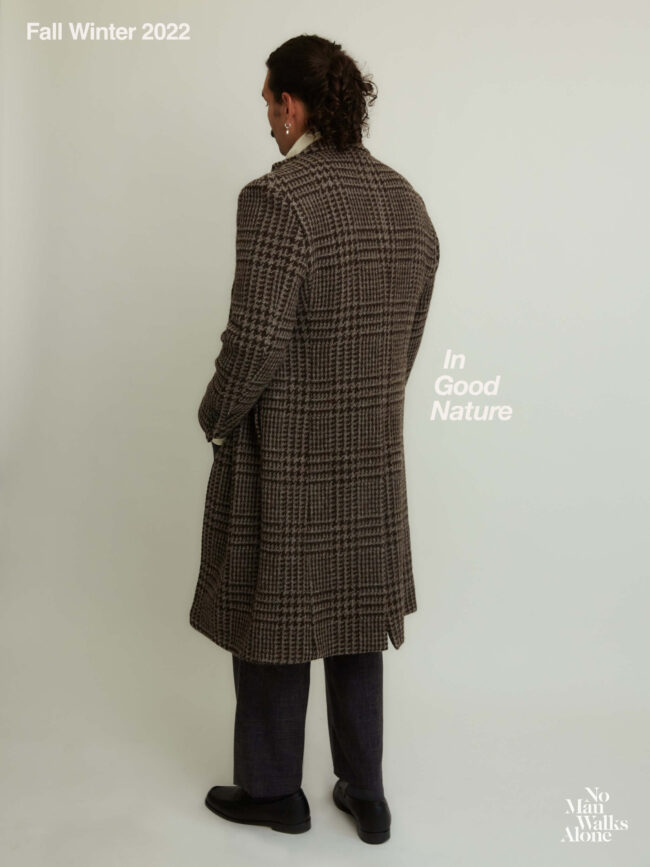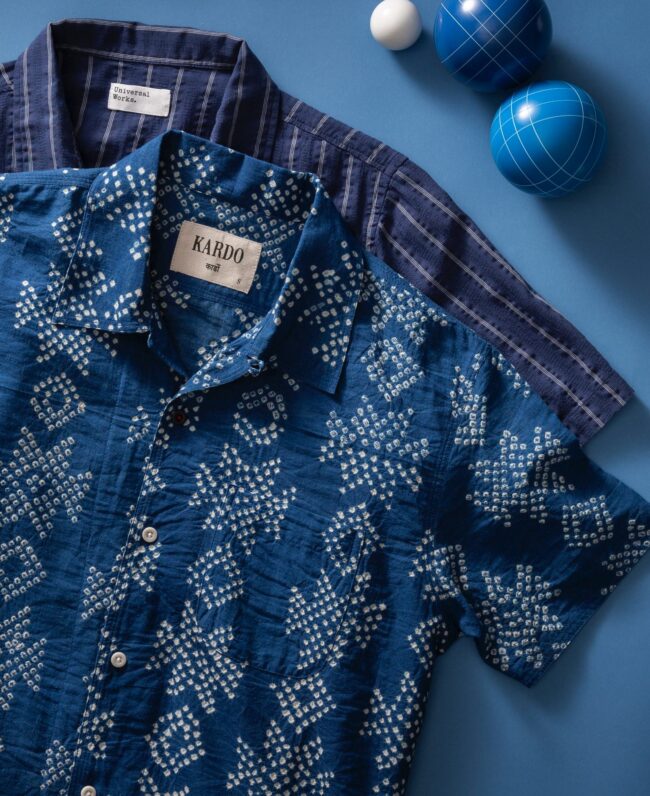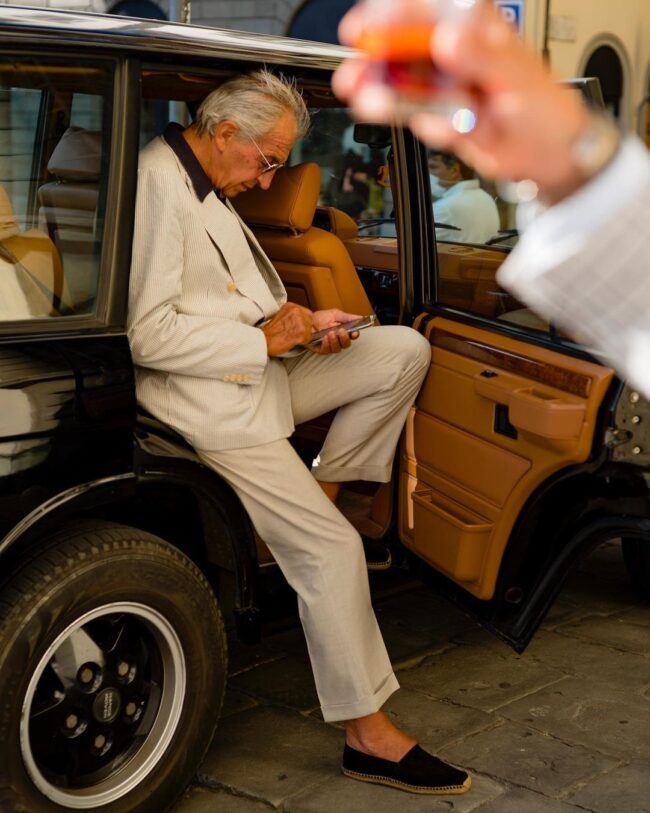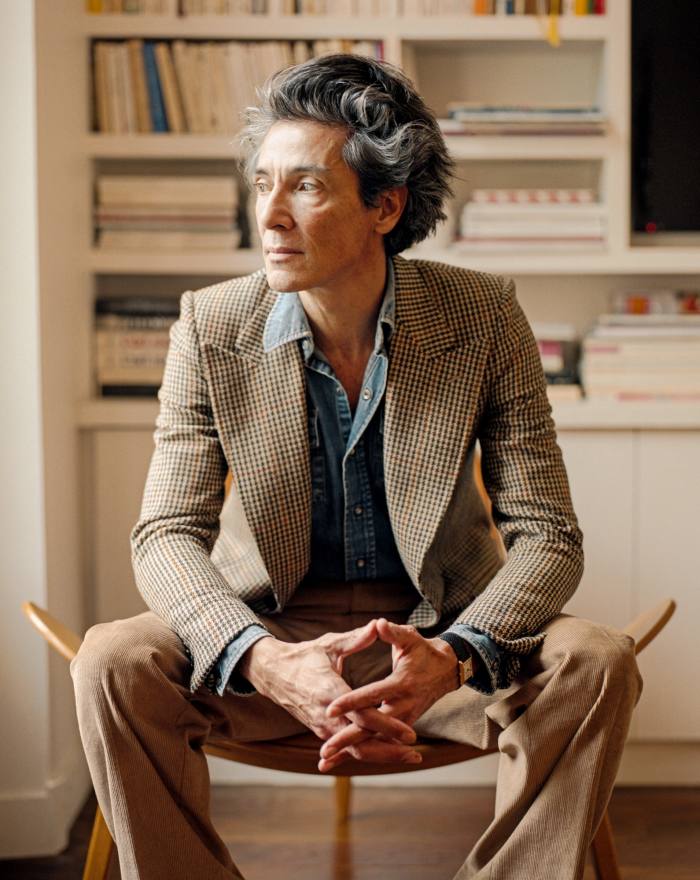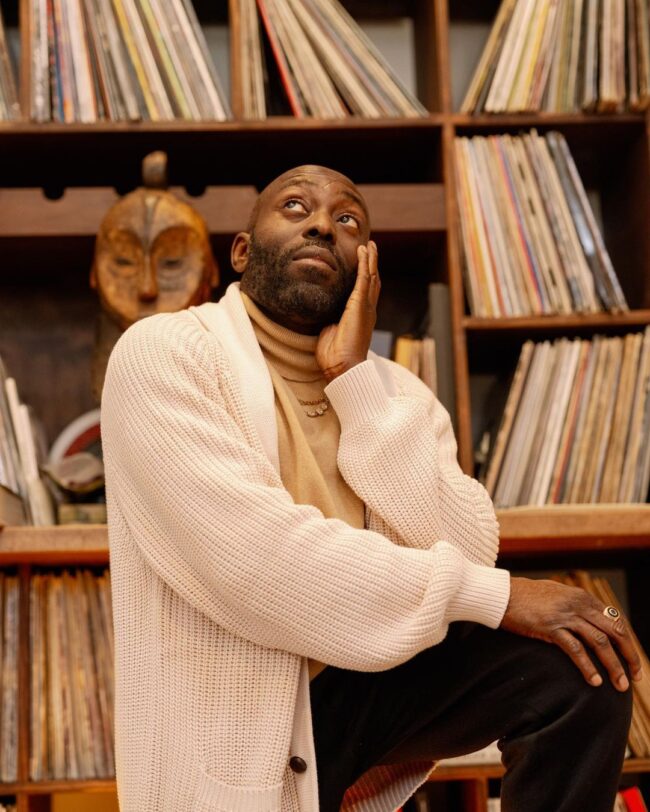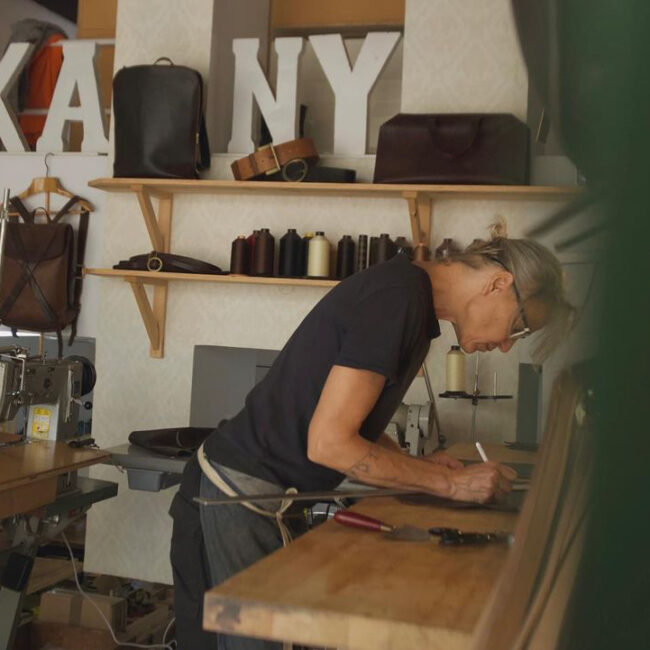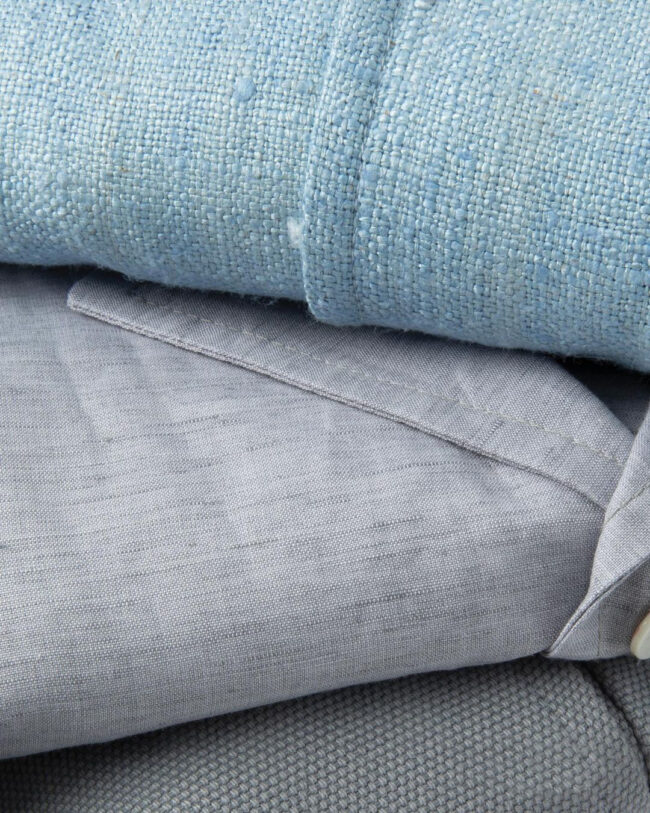How To Develop Good Taste, Pt. 1
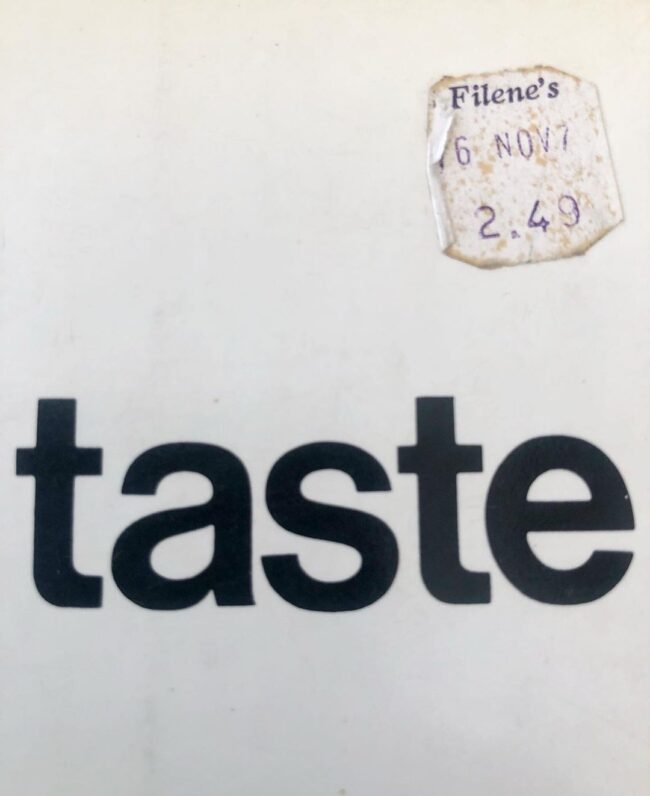
Marcel Duchamp once noted in a 1968 interview with Francis Roberts, “If your choice enters into it, then taste is involved—bad taste, good taste, uninteresting taste.” For those fortunate enough to live in post-industrial societies, where choices are now nearly limitless, taste is everything. Taste shapes what we purchase, the cultural artifacts we consume, how we dress, and how we decorate our living spaces. In the 19th century, standards for taste were passed down through aesthetic curricula conceived in formalized education systems. To have a certain type of taste was to show that you were educated and cultivated. Those standards have not been culturally relevant for over two generations, and thus, debates about taste take place everywhere. They happen in public spaces such as public transport, cafés, and boutiques, where people speak in hushed tones about other people's consumer choices. They also happen on social media and online forums. On Hacker News, a message board for tech workers, people discuss what constitutes a tasteful wardrobe. On subreddits and Facebook groups dedicated to topics wholly unrelated to fashion, such as motherhood and accounting, people post fit pics for feedback. Godwin's Law asserts that all online discussions, no matter the topic or scope, eventually result in someone comparing their opponent to Hitler. There should be a similar adage for how all discussions eventually lead to matters of taste.
Yet, despite all the interest in taste, few people ask the more fundamental questions: What is good taste? How do you cultivate it? If you’re just starting to build a better wardrobe, how do you adjudicate between the different and often contrasting styles prescribed by hard-nosed traditionalists, Hypebeasts, gothninjas, workwear enthusiasts, and the avant-garde? Discussions about taste frequently take too much for granted, as though the laws governing aesthetics were chiseled into stone tablets. Or they fade into unhelpful aphorisms, such as “to each his own,” at which point participants all quietly drop the subject, not wanting to ruffle feathers.
I've been thinking about taste a lot in the last few months. Fifteen years ago, if you were interested in classic tailoring, online debates about taste were settled with a scan from Apparel Arts or a photo of how an Italian industrialist dressed during the 1960s. Today, few people care about classic tailoring, and such specialized source materials hold little authority. In recent years, the scope for what we consider "legitimate taste" has widened to include a broader cross-section of society (a good thing). However, it has also become harder to critique ugly outfits (a bad thing). It's also harder to discuss aesthetics, as menswear has become balkanized, and The Discourse is increasingly about how to shop, not dress (a frustrating thing). So, I wanted to write a multi-part series on how to develop good taste. The first part is about theory; the second part is about practice. To be sure, this series will not settle any debates. But hopefully, it will give people better footing when discussing what lies at the heart of menswear: our taste in clothes.
Keep reading
